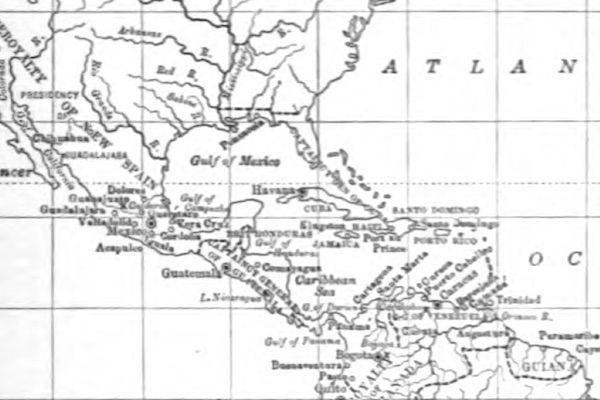From the conclusion of World War I and the worldwide depression that followed rose a political and social movement that shaped world history. The name comes from fasces, a bundle of rods with a projecting ax blade, which was used as symbol by the early Etruscans and ancient Romans to indicate power and strength through unity. Political groups in nineteenth-century Italy were called fascio in a nod to the same idea. In 1919 Benito Mussolini, a veteran and former socialist who had broken with that party over the question of Italy’s intervention in World War I, founded the nationalist Fasci di Combattimento, or “fighting band.” Mussolini’s Fasci came to be known as the Fascist Party.
Mussolini advocated for an extreme, right-wing nationalism and centralized, anti-democratic power. These elements also characterized fascist regimes that arose in Germany, Argentina, Spain, and other countries prior to or immediately following the Second World War. Fascism responded to what was perceived as the failures of both liberal and socialist ideologies. It is a kind of totalitarianism, demanding reverence for the state and its leader and an elimination of political opposition. Fascist regimes are also characterized by a reliance on propaganda, a focus on militarism, and a concern with indoctrinating youth, as well as by the persecution, ethnic cleansing, or genocide of minority groups.
Adolf Hitler used Italian Fascism as a model for his own, though his version of fascism was more violent, racist, and genocidal. In 1936 Mussolini formally signed a treaty with Hitler to form a Rome-Berlin “axis.”


































